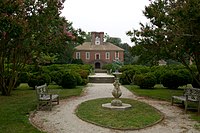
Montross is a town in Westmoreland County, Virginia, United States. The population was 553 at the 2020 census. It is the county seat of Westmoreland County. Located in the historic Northern Neck of Virginia, Montross is near the George Washington Birthplace National Monument and the Stratford Hall Plantation. The town's slogan is return to the village.
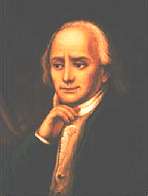
Francis Lightfoot Lee was a Founding Father of the United States and a member of the House of Burgesses in the Colony of Virginia. As an active protester regarding issues such as the Stamp Act of 1765, Lee helped move the colony in the direction of independence from Britain. Lee was a delegate to the Virginia Conventions and the Continental Congress. He was a signer of the Declaration of Independence and Articles of Confederation as a representative of Virginia. In addition to his career in politics, Lee owned a tobacco plantation as well as many slaves. He was a member of the Lee family, a prominent Virginian dynasty.

Henry Lee III was an early American Patriot and politician who served as the ninth Governor of Virginia and as the Virginia Representative to the United States Congress. Lee's service during the American Revolution as a cavalry officer in the Continental Army earned him the nickname by which he is best known, "Light-Horse Harry". He was the father of Robert E. Lee, who led the Army of Northern Virginia against the Union Army during the American Civil War.
William Lee was a Virginia merchant and member of the Lee Family of Virginia who served as an American diplomat during the Revolutionary War, became a plantation owner through marriage, and represented Elizabeth City, Warwick and York Counties in the Virginia Senate. His son William Ludwell Lee became an early Lee family genealogist as well as left a will freeing his slaves.

Arthur Lee was an American physician, diplomat and abolitionist who was born in the British colony of Virginia. He helped negotiate and signed the 1778 Treaty of Alliance with France, along with Benjamin Franklin and Silas Deane, which allied France and the United States in fighting the war.

The Lee family of the United States is a historically significant Virginia and Maryland political family, whose many prominent members are known for their accomplishments in politics and the military. The family became prominent in colonial British America when Richard Lee I immigrated to Colonial Virginia in 1639 and made his fortune in tobacco.
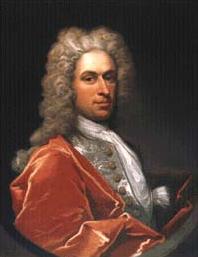
Colonel Thomas Lee was a planter and politician in colonial Virginia, and a member of the Lee family, a political dynasty. Lee became involved in politics in 1710, serving in both houses of the Virginia General Assembly, and also held important positions as Naval Officer for the Northern Potomac Region and agent for the Northern Neck Proprietary. After his father died, Lee inherited thousands of acres of land as well as enslaved people in then-vast Northumberland and Stafford Counties in Virginia as well as across the Potomac River in Charles County, Maryland. These properties were developed as tobacco plantations. Northumberland County was later subdivided, so some of Lee's properties were in present-day Fairfax, Fauquier, Prince William, and Loudoun counties and counties in the present-day Northern Neck of Virginia.
Thomas Ludwell Lee, Sr. was a Virginia planter and politician who served in the House of Burgesses and later the Virginia Senate, and may be best known as one of the editors of the Virginia Declaration of Rights.

Capt. Henry Lee I (1691–1747) was a prominent Virginia colonist, planter, soldier and bureaucrat, although today he is known mostly for his family connections below.

Philip Corbin Lee (1681–1744), although born to the prominent Lee family of Virginia became a planter in Maryland, as well as naval officer and served in both houses of the Maryland General Assembly. He is sometimes considered the forebear of the Maryland or Blenheim Lees, although that manor house was built by his successors. He is not to be confused with his nephew Philip Ludwell Lee, the eldest son of his brother Thomas Lee, who built Stratford Hall in Westmoreland County, Virginia.
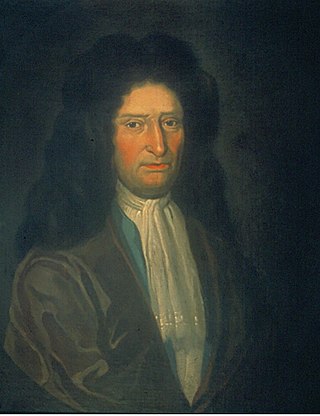
Richard Lee II was an American planter, politician and military officer from Northumberland County, Virginia who served in both houses of the Virginia General Assembly and was captured during Bacon's Rebellion.

The Lee–Fendall House is a historic house museum and garden located in Old Town Alexandria, Virginia, United States, at 614 Oronoco Street. Since its construction in 1785, the house has served as home to thirty-seven members of the Lee family (1785–1903), hundreds of convalescing Union soldiers (1863–1865), the prominent Downham family (1903–1937), the family of powerful labor leader John L. Lewis (1937–1969), and enslaved or free servants of those families.

Col. Henry Lee II (1730–1787) of was an American planter, soldier, and politician, from Westmoreland and later of Prince William County. Although he served in local military offices as well as state legislative offices before and after the conflict, he may today be best known for Leesylvania plantation in Prince William County, or as the father of several important revolutionary figures, especially, Henry "Light-Horse Harry" Lee III, and grandfather of Robert E. Lee.

Menokin, also known as Francis Lightfoot Lee House, was the plantation of Francis Lightfoot Lee near Warsaw, Virginia, built for him by his wife's father, John Tayloe II, of nearby Mount Airy. Lee, a Founding Father, was a signer of the United States Declaration of Independence. Menokin was declared a National Historic Landmark in 1971.

Philip Richard Fendall I (1734–1805) was an influential banker, lawyer, and merchant in Alexandria, Virginia. He was a member of the Lee family and a friend and business partner to George Washington. Fendall constructed the Lee-Fendall House on the corner of Washington and Oronoco Streets as a lasting home for his family.

Lee Corner is a historic part of Old Town Alexandria, Virginia, at the intersection of North Washington and Oronoco Street. The corner is named after the Lee family, who once owned almost every property on the intersection. After the American Revolution, Alexandria, already known as "Washington's Home Town", also became known as the "Home Town of the Lees".

Hannah Harrison Ludwell Lee was an American colonial heiress and the wife of Colonel Thomas Lee. A granddaughter of Philip Ludwell and Benjamin Harrison II, she was a prominent figure within the American gentry. She grew up at Green Spring Plantation, her family's home in James City County. Upon her marriage, she became a member of the Lee family, bringing a large dowry and social prestige to the family. With her dowry, she and her husband built Stratford Hall, the family seat of the Lees.
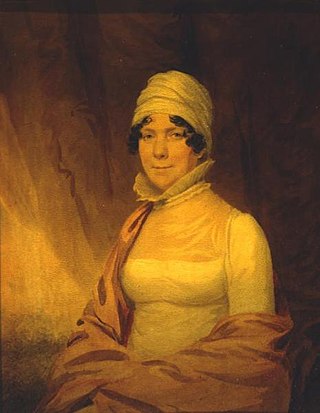
Hannah Ludwell Lee Corbin was an American women's rights advocate and member of the Lee family in Virginia. A controversial widow in her own time in part for her refusal to marry her paramour or conversion from the Church of England to the Baptists, she may today be best known for asking that women be given the right to vote.
Ludwell Lee was a prominent American lawyer and planter who served in both houses of the Virginia General Assembly representing Prince William and Fairfax Counties and rose to become the Speaker of the Virginia Senate. Beginning in 1799, following the death of his first wife, Lee built Belmont Manor, a planation house in Loudoun County, Virginia, which today is on the National Register of Historic Places.
Philip Ludwell Lee was a Virginia planter and politician who briefly represented Westmoreland County on Virginia's Northern Neck in the House of Burgesses in 1756 before serving on the Virginia Governor's Council (1757-1774).




